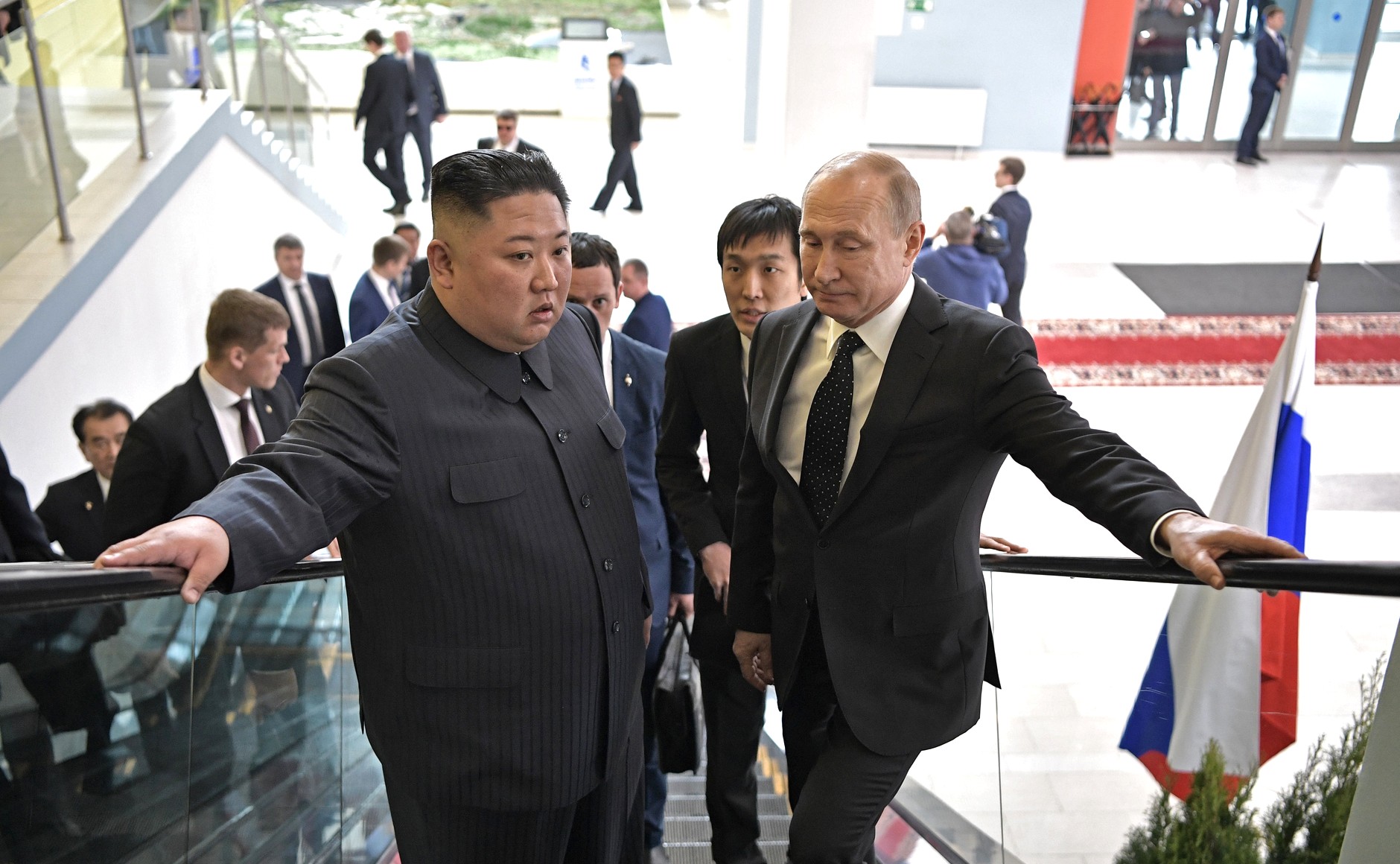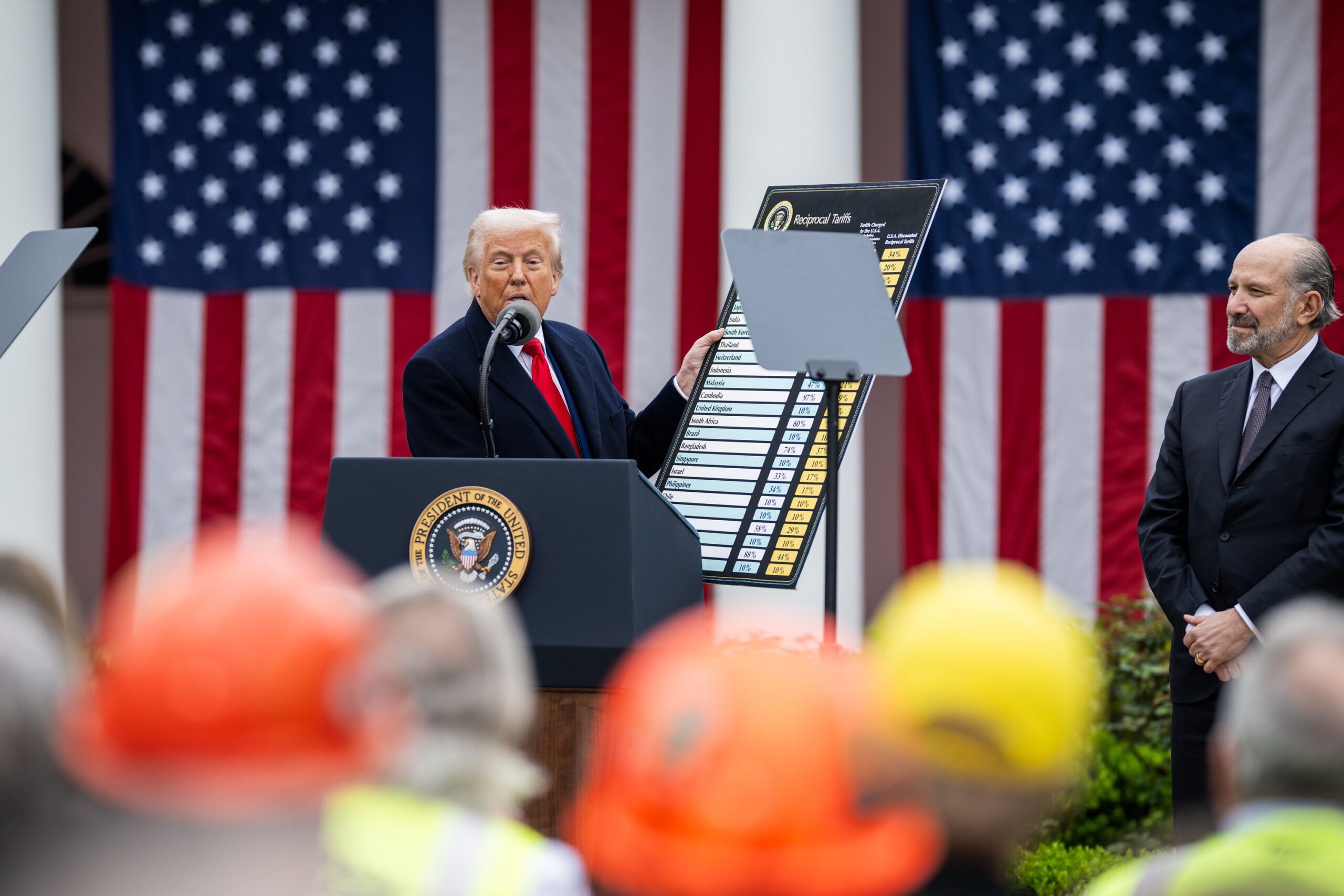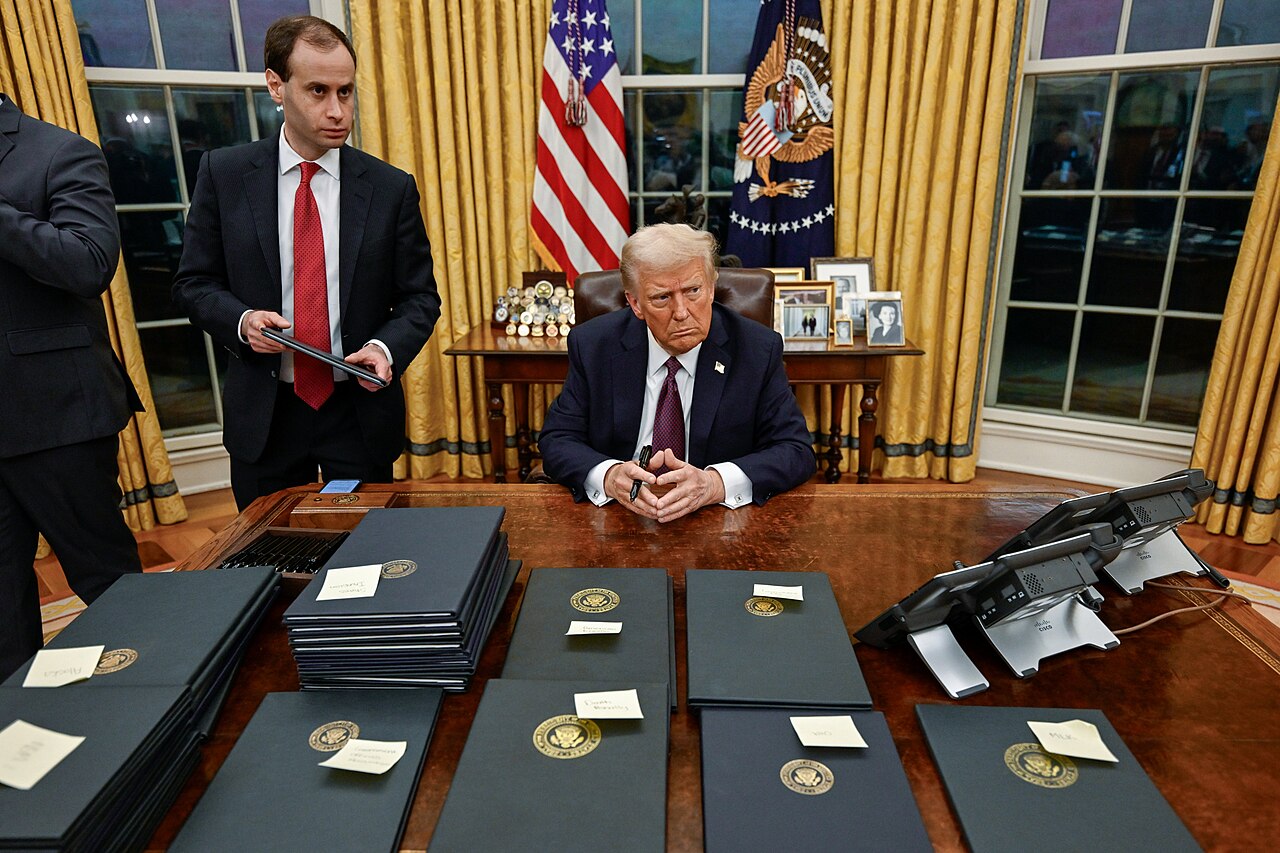End of the Empire is a once-monthly feature on all news relating to the transition from the unipolar world of the US Empire to a multipolar world.
Decades of failed US foreign policy on the Korean Peninsula has seen several moments that could be described as its culmination, the first of which was the DPRK’s inaugural nuclear weapons test, but the most recent is unquestionably Vladimir Putin’s recent summit in Pyongyang, his first visit to the Pariah state since 2004.
It was preceded by a significant overhaul in North Korean foreign policy, including the designation of South Korea as a hostile foreign enemy, the dismantling of organizations and symbols related to the idea of a united peninsula, and the ultimate abandonment of that dream as a doctrinal objective.
President Putin’s visit was also preceded by the first veto on the UN Security Council’s continuing resolution on North Korea’s economic sanctions, the only such objection in 18 years. At the Sec. Council meeting, China, which abstained from the vote, pointed out that sanctions are supposed to play some role in the political resolution of a particular issue, but that no member of the council had made any effort for such a resolution.
Indeed, writing for The Diplomat, authors Benjamin Young and Yong Suk-lee, the latter being the former deputy assistant director of the Korea Mission Center at the CIA, detail that Washington’s policy stagnation towards the DPRK has allowed it to pursue whatever goals it wants, all while being able to blame the desperate economic situation of the last 18 years on the Americans.
“A North Korean provocation… is followed by vague comments about ‘all options being on the table,'” the authors write, adding “all options are not on the table; we know it, and the North Koreans know it. These actions do not deter the North”.
Indeed the North merely continued to operate on the global black and grey markets which the governments of several countries, including Venezuela, Cuba, Russia, Iran, Syria, and others, have all had to learn to navigate. Not least among these markets is arms and ammunition, in which the North Koreans have entered to their great advantage; finding an enthusiastic buyer in Russia for their older artillery shells—which the latter then drops on the positions of Ukrainian defenders. DPRK military planners meanwhile look on and see how the weapons they would use to fight a war against the South actually perform on the battlefield.
This most recent visit by President Putin has resulted in the signing of the Treaty on Comprehensive Strategic Partnership, part of what Putin described in an op-ed as “an architecture of equal and indivisible security in Eurasia,” published in a North Korean news outlet in which it also sounded to be a mutual defense pact of sorts, or at least may contain similar elements.
At a recent meeting of the G7, heads of state in the West slammed the Russian military trade with the DPRK, warning that it violates the UN sanctions which are either already expired or set to expire after Russia’s veto.
Continuing De-dollarization
One of the largest threats to American hegemony is de-dollarization, a very slow but seemingly inevitable reduction in the use of US dollars for international trade. The language of the BRICS nations, an acronym for a sort of trade organization consisting of Brazil, Russia, India, China, and South Africa, specifically includes phrases like “de-dollarization” and “multi-polar world”.
Having recently welcomed new member states Egypt, Iran, UAE, and Ethiopia, BRICS hopes to achieve de-dollarization in good order by agreeing amongst each other to use their own currencies for trading, rather than the dollar.
“The notion of a multi-polar world holds the key to de-dollarization, where BRICS countries will break free from their dependence on the US dollar,” said Deputy Foreign Minister of Russia, Sergey Ryabkov, using both terms in an interview with China Daily.
To that end, 90% of bilateral trade between Russia and China is being conducted in rubles or Chinese RMB. During a recent visit by Vladimir Putin to Beijing, China’s central bank announced they had sold another $53 billion of outstanding US debt in the first quarter of 2024. As of March 2024, over half (52.9%) of all Chinese payments of any kind internationally were settled in RMB.
Early last year, Brazil and Argentina announced that they would begin allowing trade settlements in RMB—though the potential survival of that agreement through the new Milei Administration in Argentina is questionable. Iraq, which was supposed to greet the US as liberators and pay Washington in oil for the toppling of Saddam Hussein, also conducts its trade with China in RMB.
For many countries around the world, China is their number-one trade partner, so RMB can always be used for imports, and therefore represents a decent alternative to the US dollar for trading even for exchanges in which China has no part.
Elsewhere in Asia, the Association of Southeast Asian Nations (ASEAN) finance ministers and central bank chiefs met in Indonesia in March to discuss cutting their reliance on the US dollar, the Japanese yen, and the euro and moving to settlements in local currencies instead. As early as last May the ASEAN group was working on a cross-border quick payment system similar to SWIFT.
Lastly, there’s the question of when the much-anticipated BRICS currency will appear and what form it will take. Some have suggested that, based on how much gold the BRICS nations are buying, (China bought 60 tons between Q4 2023 and Q1 2024) it will be valued against gold. Others, understanding that a gold-backed currency hasn’t existed for over 50 years, suggest it will be more like a central bank digital currency valued against a basket of BRICS fiat currencies. No official position on the concept has been announced so far by BRICS.
“Although the threat of de-dollarization and a digital BRICS currency do not appear imminent, there is no doubting the commitment, particularly by China and Russia, to the creation of an alternative to the existing financial architecture underpinned, as it is, by the U.S. dollar,” Responsible Statecraft reports. WaL
We Humbly Ask For Your Support—Follow the link here to see all the ways, monetary and non-monetary.
PICTURED ABOVE: Chairman Kim Jong-un and President Vladimir Putin meet on Russky Island in 2019 for a summit. PC: Kremlin.ru, CC 0.0



